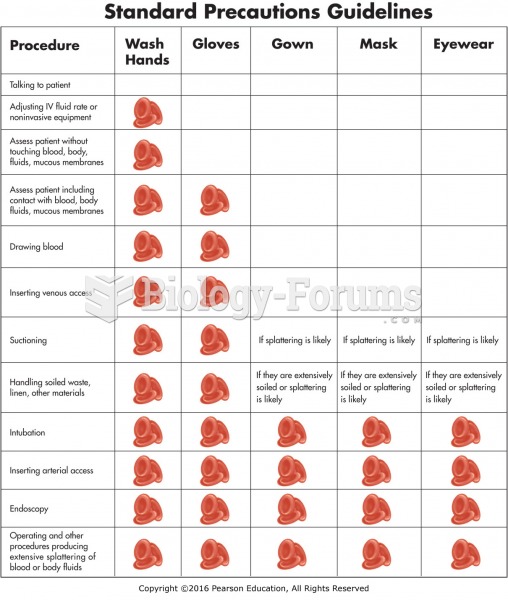Answer to Question 1
Community. Communities that isolate people and have few mechanisms for interpersonal interaction encourage and sustain delinquency. Those that implement forms of community, engage in dialogue to identify problems, and plan tactics for their elimination guided by restorative justice practices and principles may create a climate in which violent crime is less likely to occur.
Schools. Some schools have embraced restorative justice practices to deal with students involved in drug and alcohol abuse without resorting to more punitive measures such as expulsion. Schools in Minnesota, Colorado, and elsewhere are now trying to involve students in relational rehabilitation programs that strive to improve individuals' relationships with key figures in the community who may have been harmed by their actions.
Police. Restorative justice has also been implemented by police when crime is first encountered. The new community policing models are an attempt to bring restorative concepts into law enforcement. Restorative justice relies on the fact that policy makers need to listen and respond to the needs of those who will be affected by their actions, and community policing relies on policies established with input and exchanges between officers and citizens.
Courts. Restorative programs in the courts typically involve diverting the formal court process. These programs encourage meeting and reconciling the conflicts between offenders and victims via victim advocacy, mediation programs, and sentencing circles, in which crime victims and their families are brought together with offenders and their families in an effort to formulate a sanction that addresses the needs of each party. Victims are given a chance to voice their stories, and offenders can help compensate them financially or provide some service (such as fixing damaged property). The goal is to enable offenders to appreciate the damage they have caused, to make amends, and to be reintegrated into society.
Student answers will vary.
Answer to Question 2
TRUE







